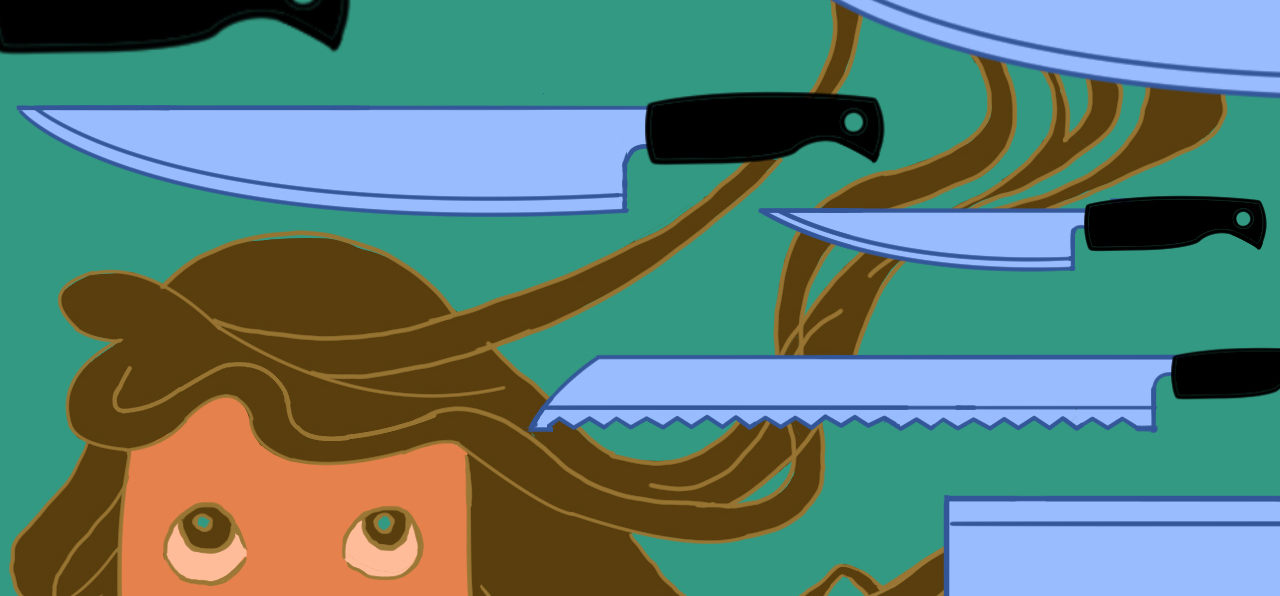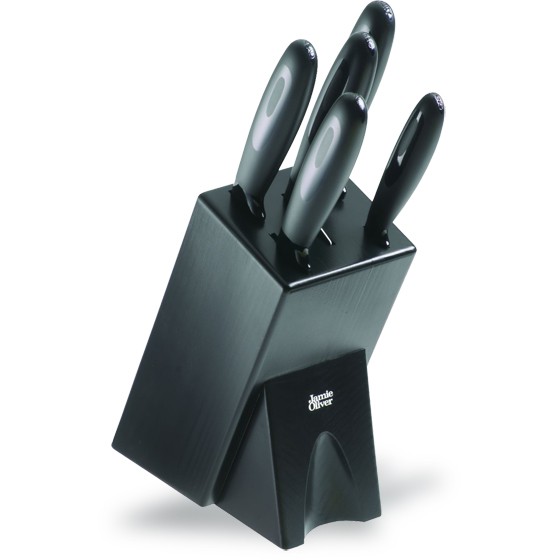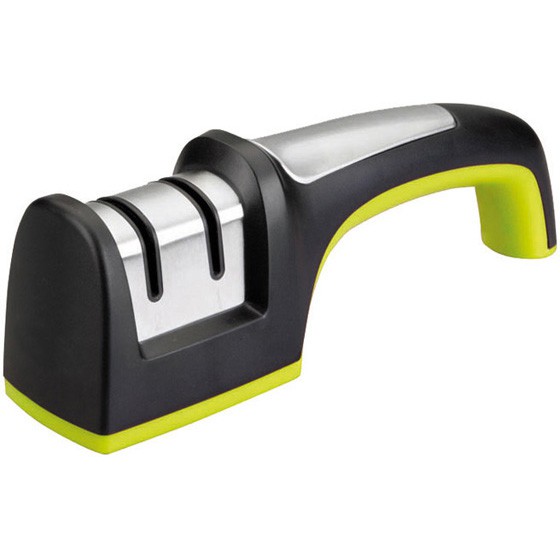
Without question, the knife is the most important tool in the kitchen and choosing the right knife for the job is an important step toward simplifying your cooking.
Most people don’t realize is that using the correct knife can actually improve your cooking by:
- Giving your food the appropriate texture
- Accomplishing tasks more efficiently
- Respectfully treating the food product
- Helping you work in a safer manner
The wrong knife choice can cause unnecessary bruising, mess and damage to your food product. Just as you wouldn’t use a rake for a delicate garden transplanting task, you shouldn’t use a bread knife to carve a roast. Also, in choosing a knife that will give you the best control, you will avoid injuries caused by slipping or unnecessary added pressure.
Here are the most basic knives and their recommended functions:
The Paring Knife
A short knife, with a blade between 6 and 12 centimetres. Handy for dozens of small, delicate tasks throughout the day such as peeling garlic, trimming mushrooms, and slicing small fruits like strawberries. Heads up: The Fixwell 9cm Serrated Paring Knife has to be the best (and cheapest!) paring knife on the market- Not easy to come across, but we proudly stock all the colours.
The Utility Knife
A medium-sized all-purpose knife, with a blade generally 12 to 18 centimetres long, ideal for common kitchen functions such as cutting cheese, chopping fruit and vegetables, and slicing fish.
The Cook’s/Chef’s Knife
A larger all-purpose knife, with a 20 to 35 centimetre blade length. Considered the quintessential kitchen knife for general tasks, this knife is useful for making classic cuts such as julienne, dice and fine chop and can be used for fruits, vegetables, meats and fish. Once you are comfortable with a chef’s knife’s size and weight, it can be used for a wide variety of kitchen tasks from chopping delicate herbs to shredding a head of cabbage.
The Serrated Knife
A serrated slicer also works best for foods with a tender centre, yet a firmer ‘crust’, such as bread, a tomato or a ripe melon. The wavy blade allows controlled cuts that slice through the outer edge with ease and does not crush the interior. Be sure to reach for this knife to cut and serve delicate desserts with flaky pastry or meringue.
The Santoku Knife
This multi-purpose knife of Japanese design is perfect for slicing, dicing and mincing vegetables. Can be used as an alternative to the chef’s knife and is popular for those with small hands or anyone who finds a chef’s knife overly heavy. (We love the Russell Hobbs 18cm Santoku Knife for thinly slicing fish and for that dreaded task of chopping onions.)
The Boning Knife
A very sharp, thin bladed knife used for trimming fat and carving meat off of bones. Usually 12 to 17 centimetres long, the blade may be flexible or rigid.
For the home cook, we recommend using each knife for it’s appropriate task and taking the time to practice knife skills.
Now remember, keep those knives sharp!



